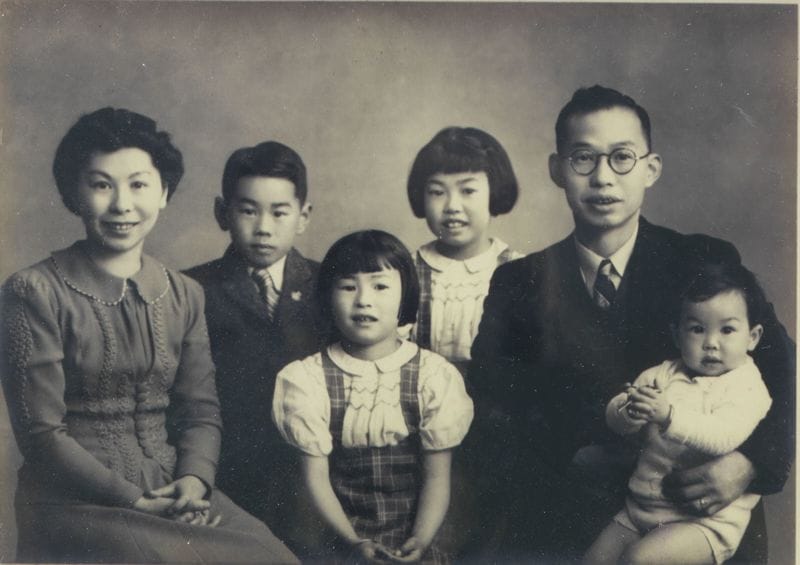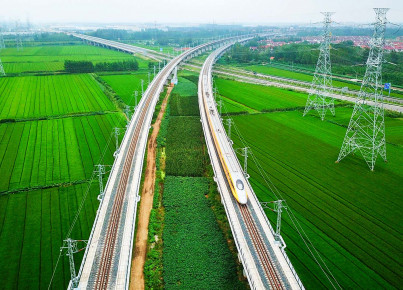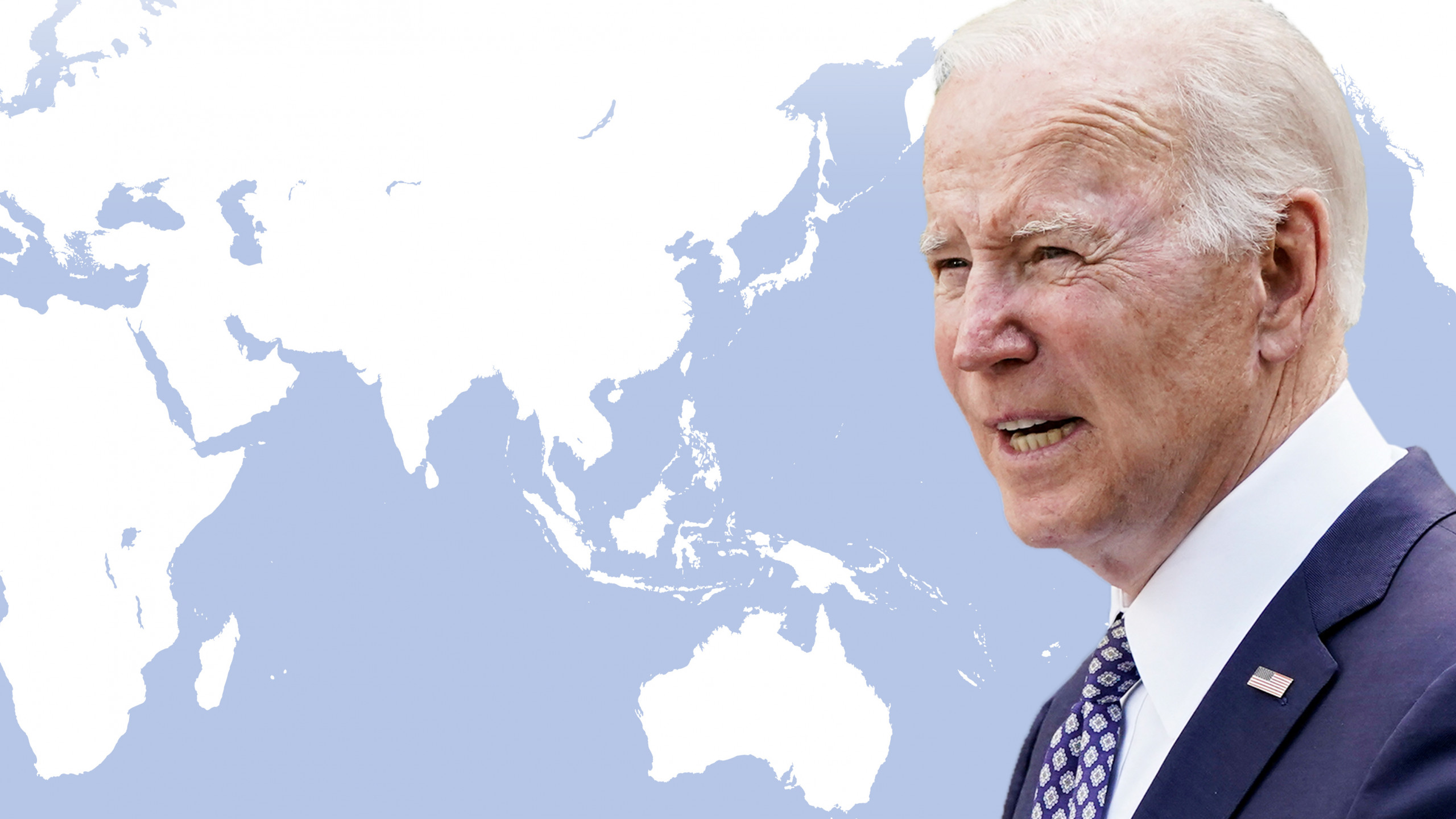The Asian diasporas in Europe are a phenomenon related to the events of the twentieth century, from colonialism to the Cold War passing through the First Indochina War and the Vietnam War. Asian communities have settled inside and in the outskirts of London, Milan, Berlin and Paris and continue to grow.
London is home to southeast Asian's largest diaspora on the European continent. On the banks of the Thames is where Filipino emigration is most concentrated, about 200,000 people initially fled the dictatorship of Ferdinand Marcos Sr. in the Seventies and Eighties and then arrived in the United Kingdom for economic and academic reasons. There are also about 50,000 Thais and 50,000 Vietnamese, the latter mainly as asylum seekers following the fall of Saigon in 1975.
The second Filipino community in Europe has settled in Milan and counts for the largest Southeast Asian community in Italy. The community has experienced an extraordinary growth: from the 16 Filipinos who arrived in the Lombard capital in 1970 it has reached almost 50,000 today. A relevant factor that has led many of them to choose Italy is the religious one. Affiliation to the Roman Catholic Church is vital for their community life for it represents a bridge between the two countries and an element of cohesion between the first and subsequent generations. In the shadow of the Madonnina, over 200 Filipino associations collaborate with the municipality and the new generations are shaping a solid entrepreneurial environment mostly in traditional catering and travel agencies.
Since the days of divided Germany, Berlin has been home to the country's main migration from Southeast Asia. The main ethnic group is the Hoa, Sino-Vietnamese, concentrated in Little Hanoi in the District of Lichtenberg, East Berlin. The heart of the community is the Dong Xuan Center where most of the entrepreneurial activities are located and where Vietnamese festivities are celebrated. There are also Vietnamese communities in West Berlin that, unlike most compatriots who lived in the East, were naturalized at the time of national reunification of Germany. This has meant that in addition to the 20,000 Vietnamese legally in the country, another 23,000 continue to remain in Germany illegally.
The Vietnamese community has also reached the Czech Republic, settling in the city of Prague since the country's entry into the Warsaw Pact in 1955. Little Hanoi is located in the Sapa district of the Czech capital, counting between 60-80,000 Vietnamese throughout the country, growing very rapidly and representing the third largest foreign ethnic group in the Republic. Outside of Prague, the town with the highest concentration of Vietnamese is Cheb, near the border with Germany.
In the Netherlands, the Asian migration comes mainly from the Indonesian archipelago, counting for about 352,000 people who arrived because of colonial ties and following the escape from the country due to the Indonesian War of Independence that lasted from 1945 to 1949 that led to the victory of the forces of Sukarno, the first president of the Indonesian Republic. To date, the third generation counts for about 800,000 people and gather in the main cities of the country.
The most peculiar story, made of interculturality and multiethnic, comes from France. Known in the country as "the city of the sleeping dragon", Lognes is a village in the Seine-et-Marne 20 kilometers east of Paris with the highest Asian concentration after the XIII Arrondissement of the capital. The epithet was not chosen randomly: in French, Lognes is pronounced very similar to "lóng" (龙), which means dragon in Chinese and Vietnamese. Here the migration from Southeast Asia dates back to the proclamation of the People's Republic of China on October 1st 1949. While Mao Zedong was giving his historic speech from Beijing's Zhongnanhai, they en masse fled from southern China to French Indochina and then reached Europe after the First Indochina War. Since the first generations lived in Chiang Kai-Shek's China or are descendants of Chinese who emigrated to Indochina before the communist victory in '49, ties with Taiwanese associations are very strong. In fact, community life revolves around the pagoda built by the Taiwanese association Fo Guang Shan, "the mountain of Buddha's light". The village has been experiencing a consistent demographic growth for decades: from about 250 inhabitants in the immediate post-war period to over 15,000 today, 70% of Asian origin. The growth has been enhanced by the large funding from the French government to simplify the purchase of property in the village, the construction of the A4 Eastern Highway, the so-called Francilienne, and the RER rail link with Paris and the rest of the Asian diaspora living in the capital.
Every diaspora lives its identity problems. The first generations experience the distance and detachment from the homeland and from a past from which they often fled. Following generations experience the existential doubt that leads them to wonder whether they are Asian or European. It is not uncommon for Asian European youth to choose to go to their parents' countries on journeys of rediscovery: to see the places where their parents grew up, to meet family members they never got to know, to live the experience of that place where, after all, they feel they belong. The European Asian youth thus mends those bonds of affection that seemed broken, that past that didn’t seem to belong to them but that, after all, has always been part of them.






